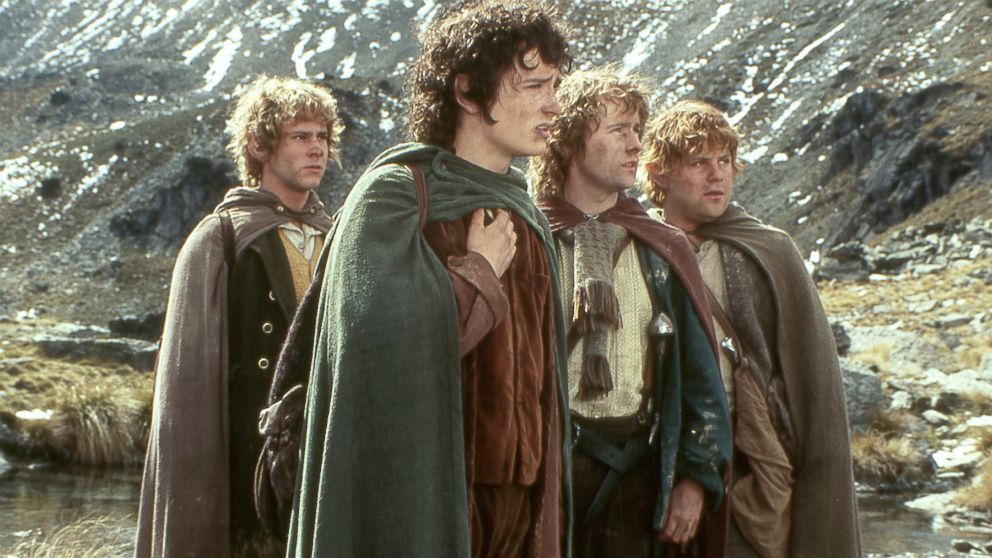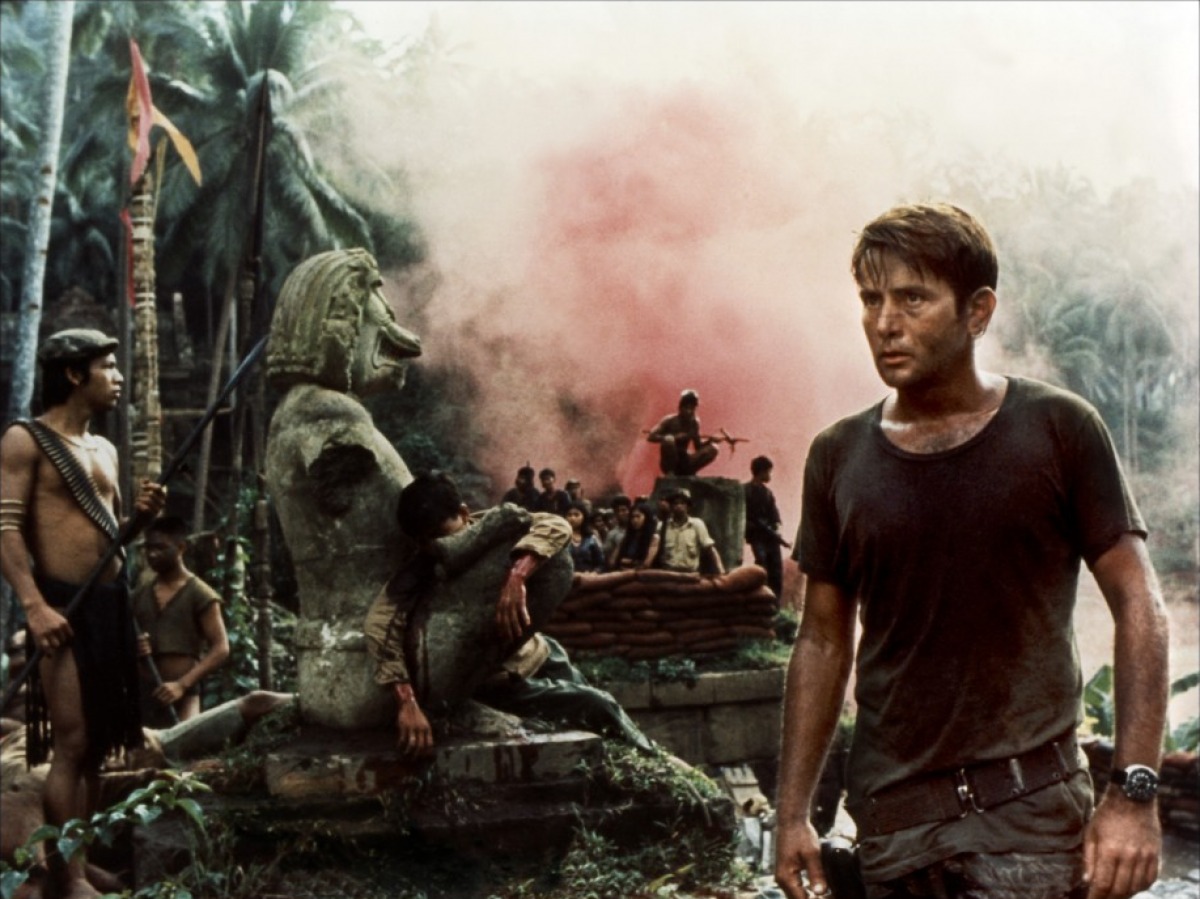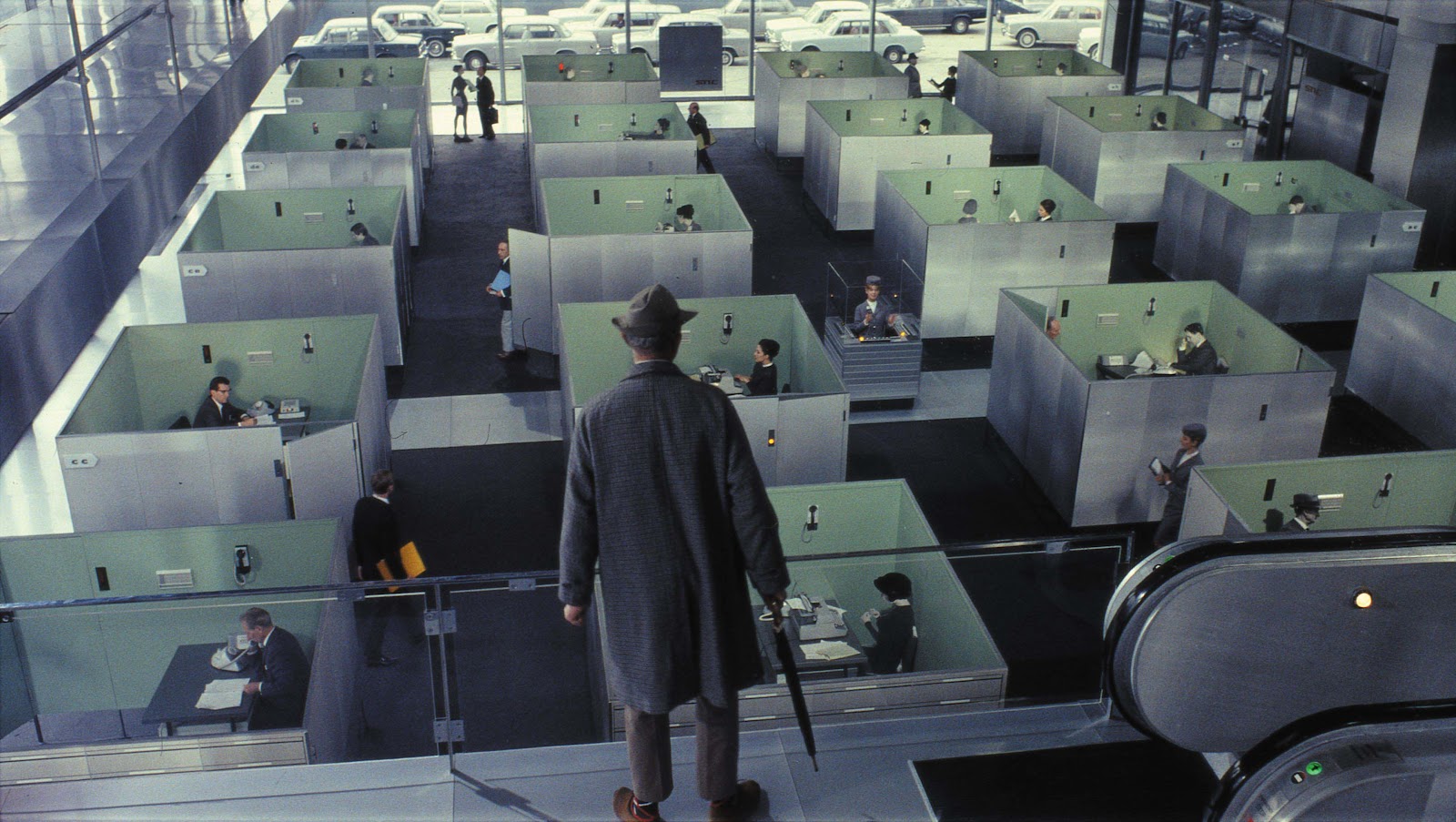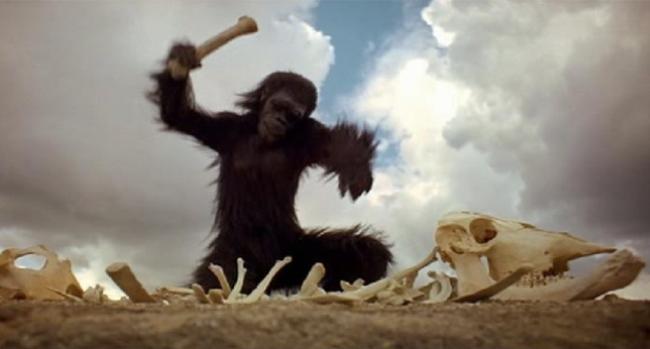5. The Lord of the Rings trilogy

The project of creating a live-action adaptation of the epic trilogy created by Tolkien was put in hands of a young director who at that time had never directed a major blockbuster project. In order to make the filming economically viable, it was necessary to shoot all the three films in a row (which in their extended version last longer than nine hours) and give each film a year of post-production.
The investment that was needed in the art department, the famous cast, and the complicated locations was gross, thus the film needed to be a complete commercial success in order to recover the investment.
The Trilogy was indeed a success, not only commercially, but also it was praised with several awards. The film became the cultural symbol that its producers wanted it to be, to the point that they were able to do a second trilogy and make even more profit on later releases of extended and collector’s editions. The trilogy earned its place as one of the biggest and most successful projects in film history.
4. Apocalypse Now

Toward the end of the 1970s, after the success of “The Conversation” and the two parts of “The Godfather,” Francis Ford Coppola was finally able to make his most ambitious project: an adaptation of Joseph Conrad’s “Heart of Darkness” set during the Vietnam War.
The film featured great collaborators of Coppola such as Murch, Brando, Duvall and Storaro, with the technology financed during the 70s by Coppola and George Lucas, and filmed in the jungle of a foreign country. The collaboration of a foreign army and the native folk of the Philippines were needed in order to complete the film.
The size of the project involved many problems that challenged the will of Coppola and his crew to finish the project. In the documentary of the film called “Hearts of Darkness,” it is portrayed how most of the crew at some point of the filming wanted to abandon the project, but were convinced by Coppola that the film was worth it.
In the documentary, we see Coppola himself struggle with the actors and the necessity to improvise the ending, which he had made not very clear. Even with all of the problems, the film was a great success and a golden ribbon to close the most prolific decade of Coppola.
3. Playtime

This was the greatest project of French filmmaker Jacques Tati. The production value of the film is vast; in fact, the film needed to be a gross commercial success in order for Tati to recover the immense investment that he made. Unfortunately the film was not a commercial success, and Tati ended up bankrupt, but the film was indeed a technical and artistic achievement. In this film, Tati wanted to portray the effects that modernity had on his character, Monsieur Hulot.
As was characteristic of him, Tati and his crew crafted extremely wide shots (that sometimes involved whole buildings) in which complexly choreographed gags took place. In the film, there are always many characters in the scene interacting with the space and sometimes even whole crowds.
The sets are carefully designed and crafted for the gags in which the havoc of Monsieur Hulot is presented, and impressive order and precision. There are no close ups in the film, only perfectly composed and choreographed wide shots.
2. Ulysses’ Gaze

The films of transnational filmmaker Theo Angelopoulos were always ambitious, both in terms of production and in terms of expression. His style involved complex long takes where his characters interacted with vast crowds and spaces, and these interactions were carefully crafted and blocked in order to express the particular perception of time that Angelopoulos wanted to convey.
In the film, the voyage of a Greek filmmaker in search of a lost film reveals a time in which old Europe is remembered at the time as its fragmentations and disappearance is portrayed.
The filmmaker travels through several cities in search for his origin, the first gaze of Greece Cinema. With the characteristic long takes, we experience frames in which the fragmentation of a family through several years is seen in just five minutes.
The film constantly references “The Odyssey,” and thus endeavors on the journey are an abstract process which humankind is constantly facing. Angelopoulos crafted some of the most ambitious scenes of the film in Sarajevo, which is completely full of mist. In this mist, the filmmaker with no name sees how the city has been affected by war, a process that was been experienced by Eastern Europe during the time that the film was released.
1. 2001: A Space Odyssey

Stanley Kubrick’s science fiction film is one of his most singular projects, both in terms of production and film language. The film was shown for the first time in 1968 and there were many aspects of it that amazed the audiences then and continue to amaze them now.
On one side, the special effects techniques that were developed for the film had never been seen before, and they involved zero gravity space stations and realistic monkey-like costumes. The effects are so well crafted that even in the current age, the films does not look primitive and even looks much better than the CGI effects in some films of current cinema.
Other aspects that make “2001” so ambitious are its thematic endeavors and the avant-garde techniques that it uses to convey meaning. The film deals with the evolution of humankind and it’s organized in several episodes that take place in different moments of time and space. The connections between the episodes are thematic rather than dramatic. The transitions that Kubrick used between these fragments of his films are emblematic.
Whether it is the legendary cut between the bone and the spaceships or the interstellar voyage, Kubrick used all of the power of film to tell the story of not one single character, but of all of humankind.